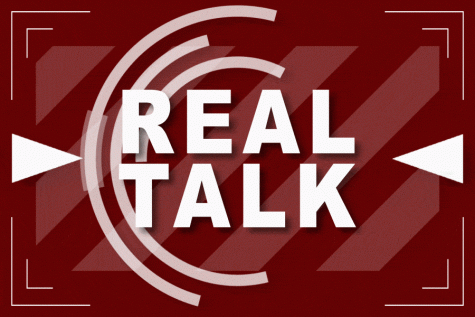Facets of Faith: repurposing terminology
Staff reporter Faith Brocke expresses her emotions and experiences in her column, Facets of Faith.
August 10, 2022
The internet loves to have a field day by taking real-world concepts and terms and redefining them to mean something else entirely.
This isn’t necessarily always for the better, especially when it comes to mental health and psychology.
TikTok has developed a trend labeled ‘when my intrusive thoughts hit’ in which people make videos about random and uncomfortable thoughts that pop into their heads at inconvenient times.
It’s cute, but it completely erases the actual meaning of the phrase ‘intrusive thoughts.’
In a true definition, intrusive thoughts pop into one’s head without warning, often resurfacing repetitively. Normally this is followed by physical harm to oneself or others unprompted, thoughts of illegal activities, and flashes, memories, or effects of traumatic experiences.
There’s nothing wrong with not fully understanding the full scope of what classifies as an intrusive thought—the problem begins with watering down the actual meaning (whether it’s intentional or not) and demonizing those who experience them.
Several people who have taken part in the trend have proceeded to patronize the more gory, disturbing thoughts despite them fitting the bill and its description perfectly.
To diminish the power behind the words ‘intrusive thoughts for the sake of a trend, one that insults those who suffer from something that isn’t inherently abnormal or ‘freakish,’ feels tone deaf at best and offensive at worst.
This isn’t the first time a popular term has been re-coined (see: gaslight) for a laugh or two on the internet, and it definitely won’t be the last, but awareness is key in making sure that it is fully understood what something actually means before saying you suffer from it.














